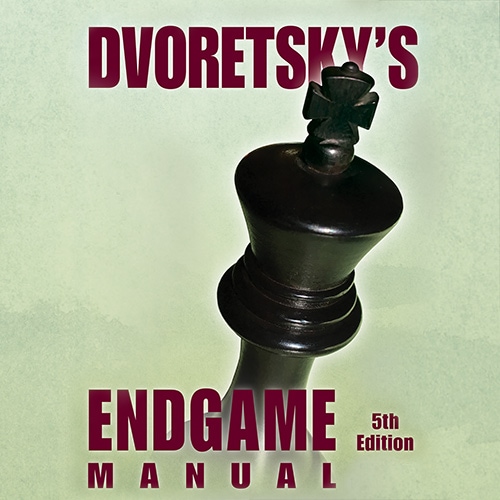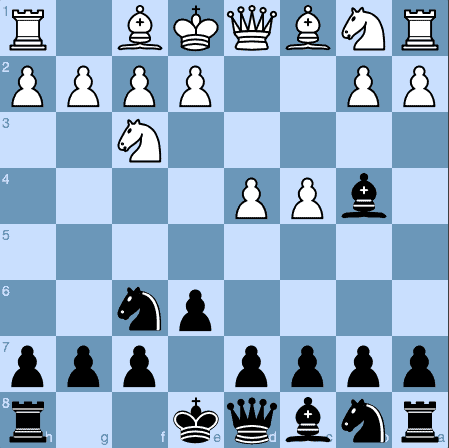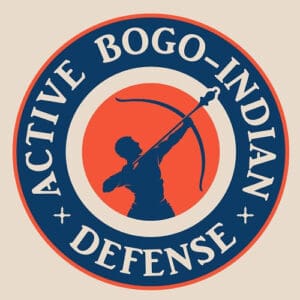What is the Bogo-Indian Defense?
The Bogo-Indian Defense is a opening for Black to meet 1.d4 2.c4 3.Nf3, which arises after the moves:
1.d4 Nf6
2.c4 e6
3.Nf3 Bb4+
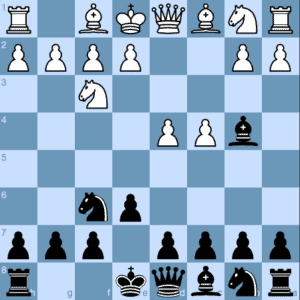
The Bogo-Indian Defense
If White had played 3.Nc3 then 3…Bb4 would have been the Nimzo-Indian Defense, which we covered earlier in the series. A lot of players with the white pieces prefer to avoid the Nimzo-Indian, as it is, without doubt, one of Black’s best responses to 1.d4. This is why 3.Nf3 is a very popular alternative to 3.Nc3.
Black also has options on the third move, including 3…b6 (the Queen’s Indian Defense), 3…c5 (the Modern Benoni Defense) and 3…d5 (transposing to a Queen’s Gambit Declined).
3…Bb4+ forces a decision by White very early in the game. The first player needs to decide how to block the check.
According to a Player’s Style
Additionally, Black is all ready to castle after just three moves have been played, which is an improvement on most openings. Black has a wide range of plans in the Bogo-Indian and these will be dictated partly by a player’s individual style. The opening attracted the considerable attention of Ulf Andersson, who was rock-solid, at one end of the scale and at the other end there was Viktor Korchnoi, the well-known ‘disturber of the peace.’
Note that Black has yet to commit the central pawns. The moves …d5 and …c5 to challenge White’s d- and c-pawns could be on the agenda, or Black may choose to adopt a dark-squared strategy with …d6 and …e5.
The Challenger’s Name
The opening is partly named after the former World Championship challenger, Efim Bogoljubov. He was certainly a worthy challenger in the first of his two matches against Alexander Alekhine, back in 1929. After that, he remained strong but inconsistent.
It is lazily accepted that his name can be shortened to ‘Bogo’, in much the same way that people shorten the current title challenger’s name from Nepomniachtchi to ‘Nepo’. The ‘Indian’ part of the name denotes the opening is part of a whole range in which Black plays …e6 or …g6 against 1.d4 2.c4. Hence, the name Bogo-Indian Defense.
Bogo-Indian Defense: Main Variations
White can block the check in a number of different ways.
4.Nc3
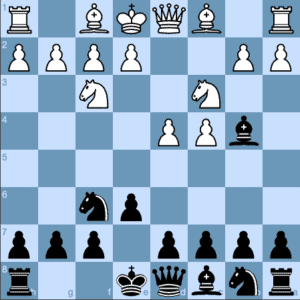
This transposes to the Nimzo-Indian Defense (1.d4 Nf6 2.c4 e6 3.Nc3 Bb4 4.Nf3 is the standard move-order). Black can play various moves at this point, with 4…b6 being particularly popular.
4.Nbd2
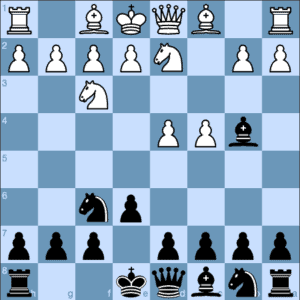
White is hoping to make Black give up the bishop on b4 for a knight. Most players agree that having the bishop pair is advantageous. However, the plan will cost White time (a2-a3 needs to be played) and then Black will use that time to gain a lead in development. One typical plan involves the fianchetto of the queen’s bishop, with …b6 and …Bb7, to increase central control.
4.Bd2
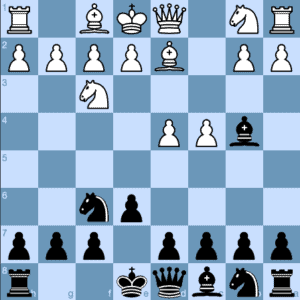
The current main line of the Bogo-Indian Defense. White consents to the exchange of bishops, but Black certainly doesn’t have to oblige immediately.
Black could now play:
4…Bxd2+: Keeping it very simple.
4…Qe7: Setting a little trap. 5.Bxb4 Qxb4+ forks the pawns on c4 and b2.
4…c5: Agreeing to the trade of bishops and changing the pawn structure. After 5.Bxb4 cxb4 Black controversially agreed to move a pawn away from the centre, but at b4 it prevents Nc3, White’s most natural developing move, and cramps the white queenside.
4…a5: Similar to 4…c5, but with the potential change in the pawn structure opening up the a-file for Black after 5.Bxb4 axb4.
4…Be7: This looks ridiculous, as the bishop could have gone to e7 on the previous move. However, this move, which has echoes from other openings, does have a logical point. White will have to reshuffle their own pieces to avoid the bishop remaining passive on d2.
Keep it Flexible
Remember: flexibility is a key feature of the Bogo-Indian Defense. One of the five options given above will surely fit your own personal style, whether you want to be ultra-solid, confrontational, or somewhere in between the two. It is also possible to adapt one’s approach to create the type of position a specific opponent doesn’t like.
Bogo-Indian Defense: Chessable Course
Our new course, The Active Bogo-Indian Defense, by International Master Irina Bulmaga, is now available. The course offers expert advice on how to gain the most from this flexible defense, whichever way White reacts to 3…Bb4+. There are model games too, including one by the great Efim Bogoljubov himself. We shall return to examine the contents of the course in a future blog post.
More Chess Opening Basics
Here are links to the other parts of our series on Chess Opening Basics. More openings will be added soon.
King’s Pawn Openings
Berlin Defense, Rio de Janeiro Variation
Sicilian Najdorf, Poisoned Pawn Variation
Queen’s Pawn Openings
Others
